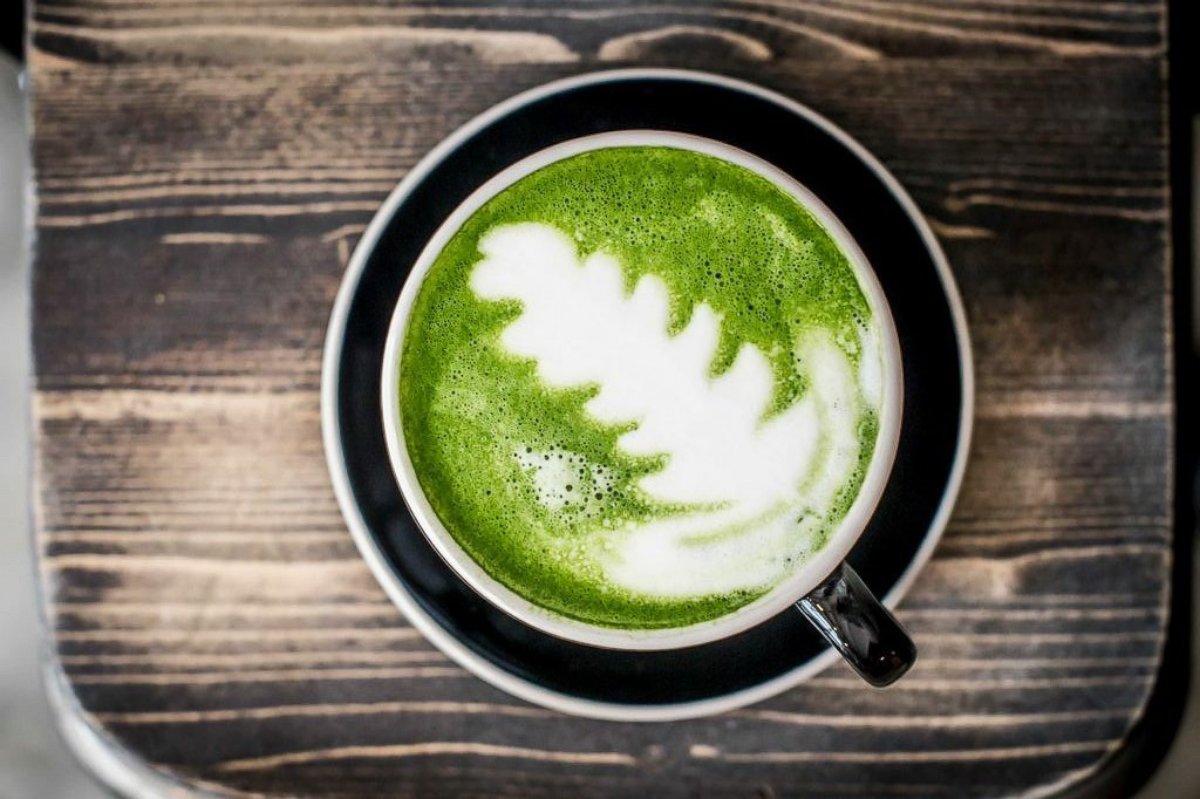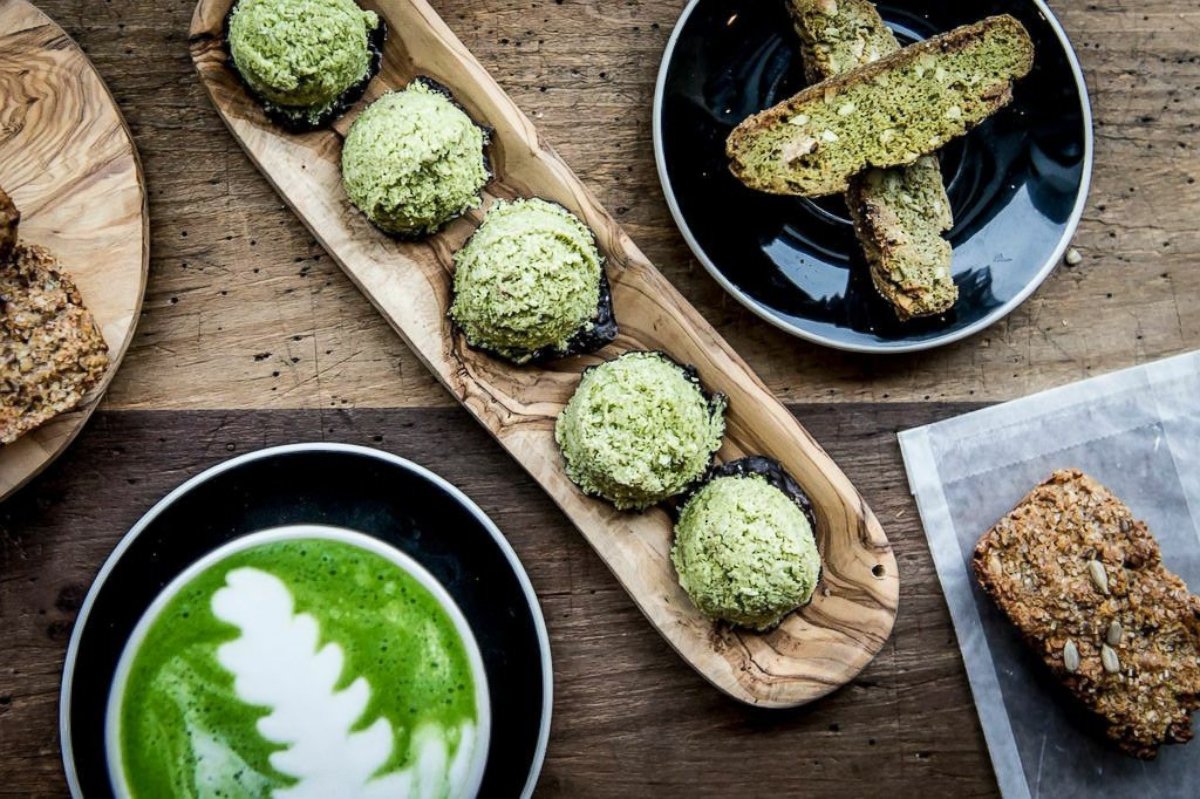Meet Matcha, Your New Beverage BFF
There's a new trendy caffeine drink in town.
— -- Move over coffee, tea and energy drinks, because there’s a new trendy caffeine in town: matcha. Well, not new per se -- matcha has been around for thousands of years in Japan, but it’s just beginning to gain popularity in America, with shops devoted exclusively to serving it popping up in New York City, Los Angeles and beyond.
Most simply put, matcha is powdered green tea traditionally used to make beverages similar in style to lattes, cappuccinos and more, but vibrant green in color and packing more health benefits than a cup of coffee or tea.
“Matcha essentially is green tea leaves, steam dried and then ground into a powder. So we’re taking that powder and we’re whisking it into a water to create a uniform tea,” Graham Fortgang, co-owner of MatchaBar in New York City, told ABC News. “So every other tea you’re actually steeping tea leaves in hot water to extract what you can from those leaves. With matcha you’re actually ingesting the full leaf.”
Fortgang, along with his brother Max, opened MatchaBar six months ago and have been educating people on the drink ever since with classes once a month about the history and health benefits of the tea.
“In terms of general health benefits, there are quite a few. It’s a type of green tea that uses the whole leaf, so there’s a lot more antioxidant capacity and power in this particular type of green tea,” dietician and Nourish Kitchen + Table owner Marissa Lippert told ABC News. “There are 137 times more antioxidants [than in green tea], which are disease fighters; they combat cancer and heart disease.”

In terms of caffeine, matcha falls between regular green tea and coffee, according to Lippert, but it has an amino acid that makes the processing of that caffeine different from other caffeinated beverages.
“There’s an amino acid in matcha tea called L-theanine, which allows for a calming brain sensation,” she explained. “So if you’re looking for that energy boost, you get a nice boost, but the not the jittery type of boost you might find from over-caffeination from coffee and more heavily caffeinated drinks. So it’s a nicer, more even-keeled level of caffeine.”
The drink, which has a nutty, savory flavor, at first appealed to the health community, but has lately been attracting a wider customer base.
“We’ve been kind of surprised by the different types of people it attracts,” Graham Fortgang said, listing bankers, computer coders, people on their way out at night and more. “On the weekends, we have lines out the door. People coming here to a destination to try a proper matcha and that’s what’s most inspiring for us.”
The brothers acknowledge that has to do in part with the media spotlight around matcha right now, but also point to their varied menu, which offers drinks in the style of a traditional espresso bar -- so for someone who orders a skim latte, they’ll recommend the same in matcha form -- but they also bring the tea into 2015 with more modern drinks such as a matcha chai or iced Fuji apple ginger and food such as matcha-glazed doughnuts, matcha almond sesame biscotti and coconut matcha macaroons.

Large chains have also tried to harness the power of matcha, such as Starbucks with its green tea latte, but Lippert warns against consuming matcha in pre-sweetened forms like these.
“At certain coffee bars or cafes or restaurants who are now promoting the fact that they have matcha lattes or they have matcha on their menu, beware pre-blended mixes,” she said. “If it’s a sugar type of milk product that’s being used in a matcha latte, you’re adding calories and you’re adding extra sugar, which is not ideal.”
The Fortgang brothers pride themselves on serving matcha in its purest form, even sourcing their product from a fifth-generation family farm in Aichi Prefecture, Japan.
“There’s kind of a huge curiosity right now about the product itself and people that are really looking to make healthier choices in their life,” Max Fortgang said. “We’re just excited about the response to it and how curious people are about the product and how people are really naturally searching for an alternative to their daily coffee.”




